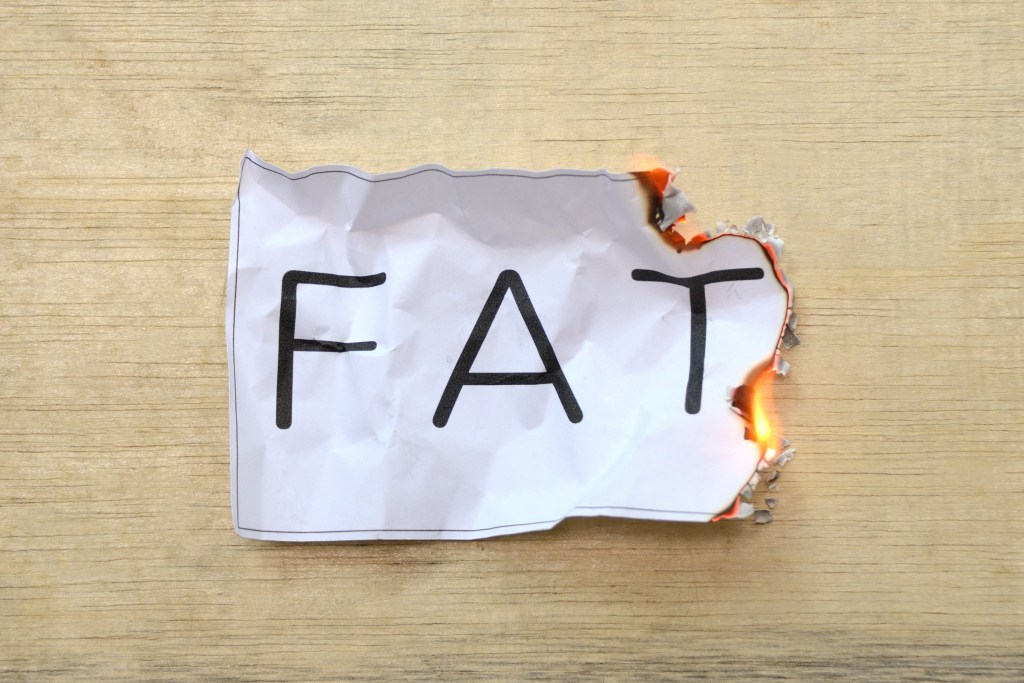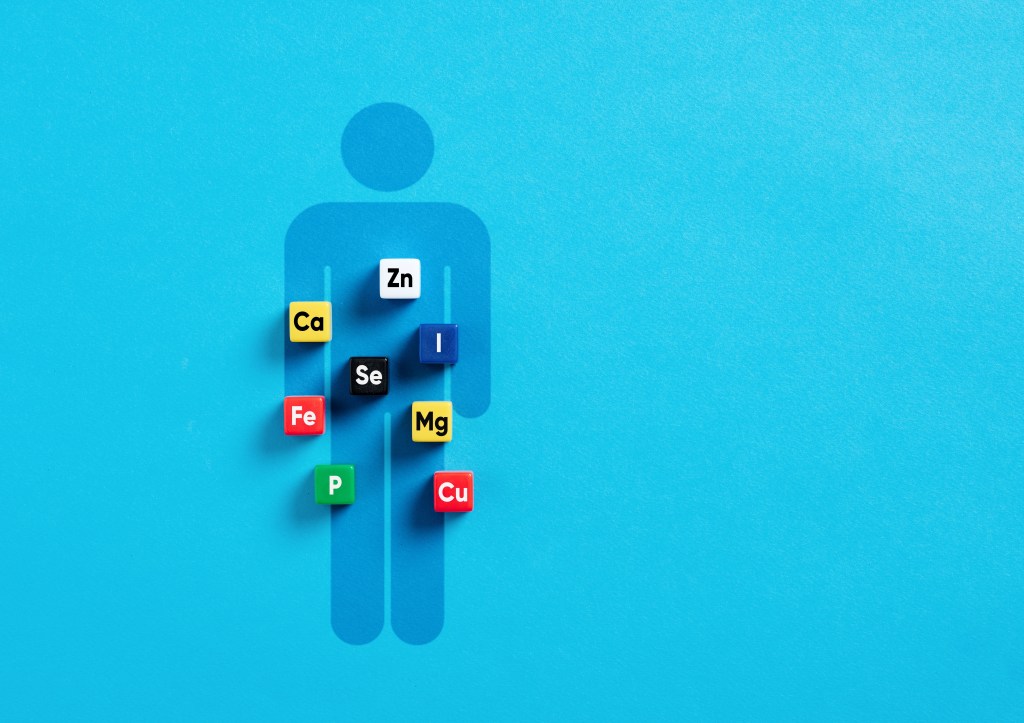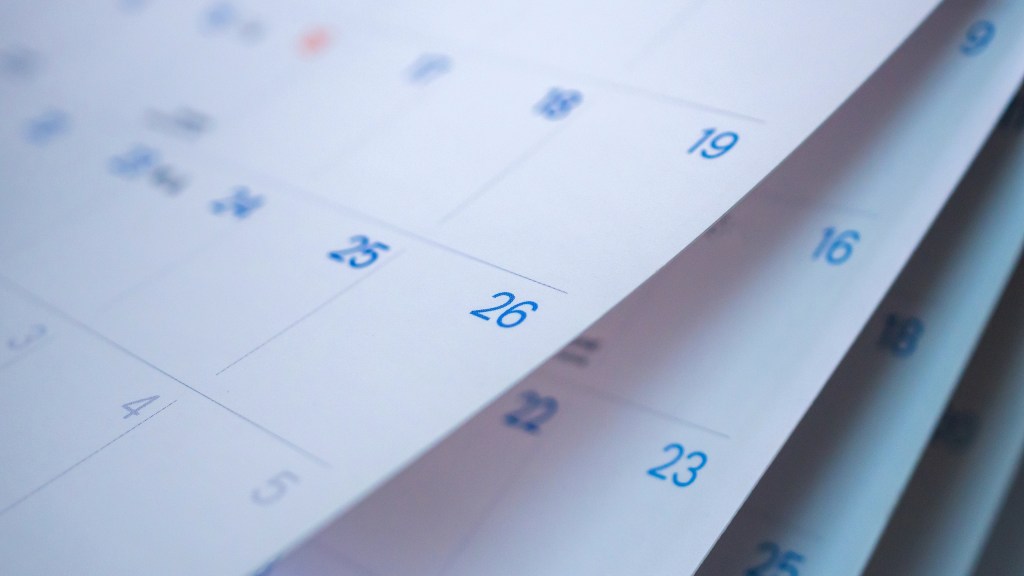At a glance
Starting a ketogenic diet prompts the body to move from using carbohydrates to relying on fat for fuel, a change that can bring short-term side effects. Fluid and mineral losses during early ketosis often contribute to symptoms such as fatigue, headaches, and muscle cramps. These effects are typically temporary and ease as the body adjusts to this new metabolic state.
The ketogenic diet is a powerful tool for weight reduction, better metabolic health, and steady energy levels. However, some people experience mild symptoms when starting a low-carb diet, such as muscle cramps, fatigue, brain fog, or digestive changes.
Explore the leading causes of common keto diet side effects and learn how to ease the transition into efficient fat burning and better health.
Common side effects when starting keto
When starting a low-carb, high-fat ketogenic diet, the body undergoes a transition period during which it shifts from burning carbohydrates to burning fat.
This metabolic switch to fat-burning, known as ketosis, may cause short-term symptoms and side effects as your body adjusts to using a new fuel source.
Common keto diet side effects include:
- Food cravings
- Fatigue or low energy
- Headaches
- Dizziness
- Muscle cramps
- Heart palpitations
- Irritability or mood swings
- Nausea
- Constipation or digestive changes
- Joint discomfort
- Body odor or strange-smelling urine
- Difficulty sleeping
These symptoms are generally referred to as the keto flu, but can be managed and even prevented with proper hydration, adequate mineral intake, and a balanced diet.

What causes keto side effects?
A very low-carbohydrate diet, such as the keto diet, triggers profound metabolic changes that may temporarily contribute to nutrient imbalances and physical symptoms.
Under normal conditions, the body prioritizes carbohydrates over fat for energy by converting dietary carbohydrates into glucose. This quickly raises blood sugar and triggers the release of insulin to shuttle the glucose into cells for energy production.
Once cellular energy needs are met, insulin directs the body to store excess glucose as glycogen in the liver and muscles–anything beyond that is converted into body fat for long-term storage.
Fat-burning and ketosis can be achieved and maintained by limiting carbohydrate intake to below 50 grams per day.
This keeps blood sugar and insulin levels low, which prompts the breakdown of glycogen for energy. Each gram of glycogen holds approximately three grams of water, which explains why the early stages of the keto diet often lead to fluid and electrolyte loss.
This loss of fluids and essential minerals is the primary reason people experience keto flu symptoms such as fatigue, muscle cramps, headaches, and nausea.
The keto diet may also cause food cravings or mood changes if meals don’t provide enough nutrients. Without the right balance of vitamins and minerals, mild deficiencies can impact energy, digestion, and mental clarity.
Digestive health also influences the ease of your transition into keto. A previous diet high in processed foods or frequent antibiotic use can alter gut microbes and bile flow, potentially leading to bloating or constipation during the early phases of adapting to a high-fat diet.

How to avoid keto side effects
Keto side effects may feel uncomfortable at first, but they can often be managed–or avoided entirely–with the right dietary strategy.
Here are four of the most common keto side effects and how to address them.
1. Low energy, dizziness, or headaches
Dehydration and the loss of minerals, especially sodium, potassium, and magnesium, are the most frequent causes of low energy and headaches on keto.
When insulin drops, your kidneys excrete more electrolytes and water, creating a temporary fluid imbalance and associated side effects.
Solution
Drink water consistently throughout the day, but avoid overhydration, which can dilute electrolytes. To help maintain fluid and electrolyte balance, add natural sea salt to your meals–about 1.5 to 2 teaspoons daily.
Prioritize foods rich in potassium and magnesium, such as avocados, leafy green vegetables, and bone broth. Aim for a potassium-to-sodium ratio of 2:1 to support optimal hydration, mineral balance, and stable blood pressure.
Proper hydration helps prevent fatigue and supports muscle and nerve function as your body burns fat more efficiently.

2. Digestive changes
Your digestive health plays a vital role in adapting to a high-fat intake, as stomach acid, bile production, and gut microbes all help process dietary fats and absorb fat-soluble nutrients.
If any of these digestive systems are impaired, symptoms such as bloating, acid reflux, constipation, or irregular bowel movements can develop.
Solution
To support healthy digestion, take one tablespoon of raw apple cider vinegar (ACV) mixed with eight ounces of water to support stomach acid levels and optimal digestive enzyme function.
Additionally, consuming fermented foods such as sauerkraut, kimchi, kefir, or Lactobacillus reuteri yogurt can help support the beneficial gut bacteria needed for digestive health and nutrient absorption.
To promote healthy bile flow and effective fat-digestion, incorporate bitter leafy greens such as arugula, kale, and dandelion, along with choline-rich eggs.
Choose health-promoting saturated and polyunsaturated fats–such as olive oil, grass-fed butter, tallow, and coconut oil–over processed seed oils.
These healthy fats also stimulate bile flow and promote mitochondrial health and stable energy levels, as well as help reduce food cravings.
Finally, practicing intermittent fasting allows your digestive system time to rest and repair, which enhances gut functions and digestive processes.
A 16:8 interval, which involves fasting for 16 hours and consuming your daily meals within an 8-hour window, is a comfortable starting point for most people.

3. Muscle cramps or weakness
Muscle discomfort or weakness often indicates a mineral imbalance, particularly low potassium or magnesium levels.
“When you start keto, your body needs more electrolytes, especially if you have been eating a high-carb diet before,” explains Dr. Berg. “Electrolytes support nerve impulses and muscle function, and deficiencies can increase the risk of poor muscle function.”
Solution
To support mineral balance, consume plenty of leafy greens, avocados, and mineral-rich broths. Aim for 7 to 10 cups of vegetables per day if tolerated and alternate between raw and lightly steamed options to maximize nutrient uptake.
If muscle discomfort continues despite adequate vegetable intake, slightly reduce your salt intake to improve your potassium-to-sodium balance.
You can also support mineral absorption and manage muscle cramping by drinking diluted ACV to gently acidify the body.
Maintaining mineral and electrolyte balance can help your muscles perform optimally, improve recovery, and prevent electrolyte-related fatigue as fat loss progresses.

4. Sleep issues or mood changes
Difficulty sleeping or emotional ups and downs are common early keto symptoms that are often tied to low nutrient levels, fluctuating blood sugar, or elevated stress hormone release.
Solution
To help support relaxation and energy metabolism, incorporate foods rich in vitamin B1 and B6, such as unfortified nutritional yeast and pasture-raised eggs.
Eat probiotic foods that support serotonin and melatonin production in the gut to promote emotional balance and restful sleep. Tryptophan-rich foods such as turkey and chicken also contribute to relaxation and a more stable mood.
It’s equally important to get daily sunlight exposure to naturally support vitamin D levels and regulate your circadian rhythm, and avoid eating large meals right before bed to maintain steady blood sugar levels overnight.
A review published in Frontiers in Nutrition notes that while mood may temporarily dip during early keto adaptation, many people experience improved mental health markers once they are fully fat-adapted.
These benefits are thought to be linked to the neuroprotective and anti-inflammatory effects of a high-fat diet.

How long does it take for keto side effects to go away?
For most people, side keto diet effects fade within 3 to 14 days, depending on hydration status, nutrient intake, and metabolic health.
As the body adapts to fat as the primary fuel source, energy levels stabilize and digestion improves, especially when supported by the right food choices.
Many people also notice reduced cravings, better digestion, enhanced sleep quality, and improved mental health.
Moreover, research published in Food Science & Nutrition suggests that a well-structured ketogenic diet may improve metabolic syndrome markers by supporting healthy blood pressure, insulin sensitivity, and lipid profiles, all factors linked to a lower risk of heart disease.
Key takeaways
- A nutrient-dense ketogenic approach can support weight loss, efficient fat metabolism, and overall wellness while avoiding severe dietary restriction.
- Temporary side effects, such as low energy, muscle cramps, or food cravings, commonly occur as the body adapts to using fat as its primary source of energy.
- With adequate hydration and balanced mineral intake, these adjustment-related symptoms often ease quickly and may be minimized altogether.
FAQ
1. What are the most common side effects of keto?
Some of the most common keto side effects include fatigue, headache, nausea, irritability, sleep disturbances, constipation, and mild muscle cramps. These occur as the body adjusts to a lower carb intake and increased fat metabolism.
2. What is keto flu?
Keto flu refers to flu-like symptoms that may occur in the first few days of ketosis, including dizziness, headaches, nausea, and fatigue, which are largely due to temporary electrolyte imbalances.
3. How long do keto side effects last?
Keto side effects may last from a couple of days to two weeks, depending on your overall health and how you manage them. Although the transition into ketosis can cause temporary discomfort, most side effects are mild, manageable with proper nutrition, and often preventable.
4. How can I stay hydrated on keto?
To stay hydrated on keto, drink plenty of fluids, season your food with sea salt, and eat mineral-rich vegetables to support electrolyte balance.
5. Can keto cause constipation?
Yes, keto can cause constipation, especially if fiber intake is low or gut microbes are imbalanced. Incorporating plenty of non-starchy vegetables and probiotic fermented foods can support gut health and help maintain regularity.
6. When should I stop or adjust my keto plan?
If keto-related symptoms persist beyond two weeks or worsen, reevaluate nutrient balance and consult a healthcare provider for personalized guidance, especially if you have preexisting health conditions or are taking medications.
7. Is the keto diet healthy?
When done correctly, the keto diet is an excellent tool to support metabolic health and weight management. However, individuals with preexisting conditions, such as disordered eating or kidney issues, should consult a healthcare professional before starting any new eating plan.
Sources
- https://www.frontiersin.org/journals/nutrition/articles/10.3389
- https://pmc.ncbi.nlm.nih.gov/articles/PMC10916642/


















